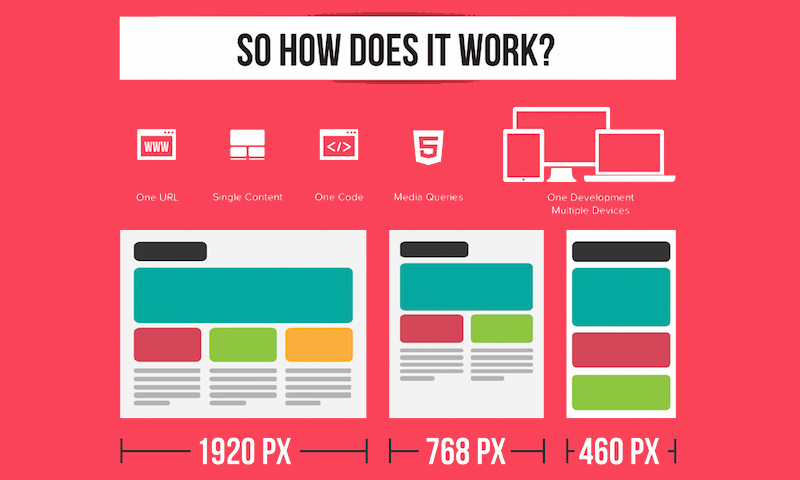The Makeover Of Online Operatings Systems: A Journey Through Time
The Makeover Of Online Operatings Systems: A Journey Through Time
Blog Article
Authored By-Jonasson Wren
In the past, websites were easy and concentrated on information. Navigating was straight, and layout was for desktops. Currently, individual experience is vital. Data overviews styles for simple navigation. Receptive formats match different gadgets. Today, dark mode lowers pressure, and minimalist menus boost navigation. Interactive attributes engage customers, and bold visuals stick out. AI combination boosts involvement. See exactly how style has advanced to boost your on-line trip.
Very Early Days of Web Design
In the very early days of web design, simpleness reigned supreme. Web sites were standard, with limited colors, fonts, and formats. The emphasis was on supplying details as opposed to flashy visuals. Individuals accessed the web via slow dial-up links, so speed and performance were essential.
Navigating menus were straightforward, typically situated at the top or side of the page. top seo experts were made for computer, as mobile browsing wasn't yet widespread. Web content was king, and designers focused on very easy readability over complicated style aspects.
HTML was the main coding language used, and designers needed to work within its constraints. Computer animations and interactive attributes were very little compared to today's requirements. Web sites were fixed, with little dynamic web content or tailored customer experiences.
Surge of User-Focused Layout
With the advancement of site design, a change in the direction of user-focused style principles has become increasingly popular. Today, developing internet sites that prioritize user experience is essential for involving site visitors and achieving organization objectives. User-focused style involves comprehending the requirements, choices, and habits of your target market to tailor the site's layout, web content, and includes appropriately.
Developers currently perform comprehensive research, such as user surveys and functionality testing, to collect understandings and comments straight from individuals. This data-driven approach helps in developing intuitive navigation, clear calls-to-action, and visually attractive interfaces that reverberate with site visitors. By placing the individual at the facility of the style process, websites can provide a more personalized and enjoyable experience.
Receptive design has actually also emerged as a key aspect of user-focused design, ensuring that web sites are enhanced for various tools and screen dimensions. This flexibility boosts ease of access and use, catering to the varied ways customers connect with sites today. Basically, the rise of user-focused layout represents a shift towards producing digital experiences that focus on the needs and expectations of the end customer.
Modern Trends in Website Design
Discover the current trends forming web design today. One noticeable pattern is dark mode design, supplying a streamlined and modern look while reducing eye strain in low-light atmospheres. https://www.forbes.com/sites/forbescommunicationscouncil/2022/07/01/employee-advocacy-the-final-frontier-of-b2b-organic-social-media/ is minimal navigating, streamlining menus and improving customer experience by concentrating on essential elements. Integrating https://howcanemailmarketingfuely94050.blogoxo.com/30003966/looking-for-a-digital-advertising-firm-that-fits-your-service-demands-adhere-to-these-steps-to-locate-the-ideal-match -interactions, such as animated buttons or scrolling impacts, can create a much more appealing and interactive internet site. Responsive design remains essential, guaranteeing seamless individual experiences throughout various devices. Additionally, using strong typography and unbalanced formats can include visual interest and accentuate certain web content.
Integrating AI innovation, like chatbots for customer support or individualized suggestions, boosts customer engagement and simplifies processes. Ease of access has likewise become a considerable fad, with designers focusing on comprehensive layout practices to cater to varied individual needs. Welcoming sustainability by optimizing internet site efficiency for speed and efficiency is an additional arising pattern in website design. Working together with individual comments and information analytics to iterate and improve layout continually is necessary for remaining pertinent in the ever-evolving electronic landscape. By embracing these contemporary patterns, you can create a visually appealing, easy to use web site that reverberates with your target market.
Conclusion
As you review the advancement of website layout from the very early days to currently, you can see just how user-focused design has become the driving pressure behind modern trends.
Embrace the trip of modification and adaptation in web design, always maintaining the user experience at the forefront.
Stay existing with the current trends and innovations, and never ever stop advancing your method to create visually magnificent and straightforward websites.
Progress, adapt, and produce - the future of website design is in your hands.
